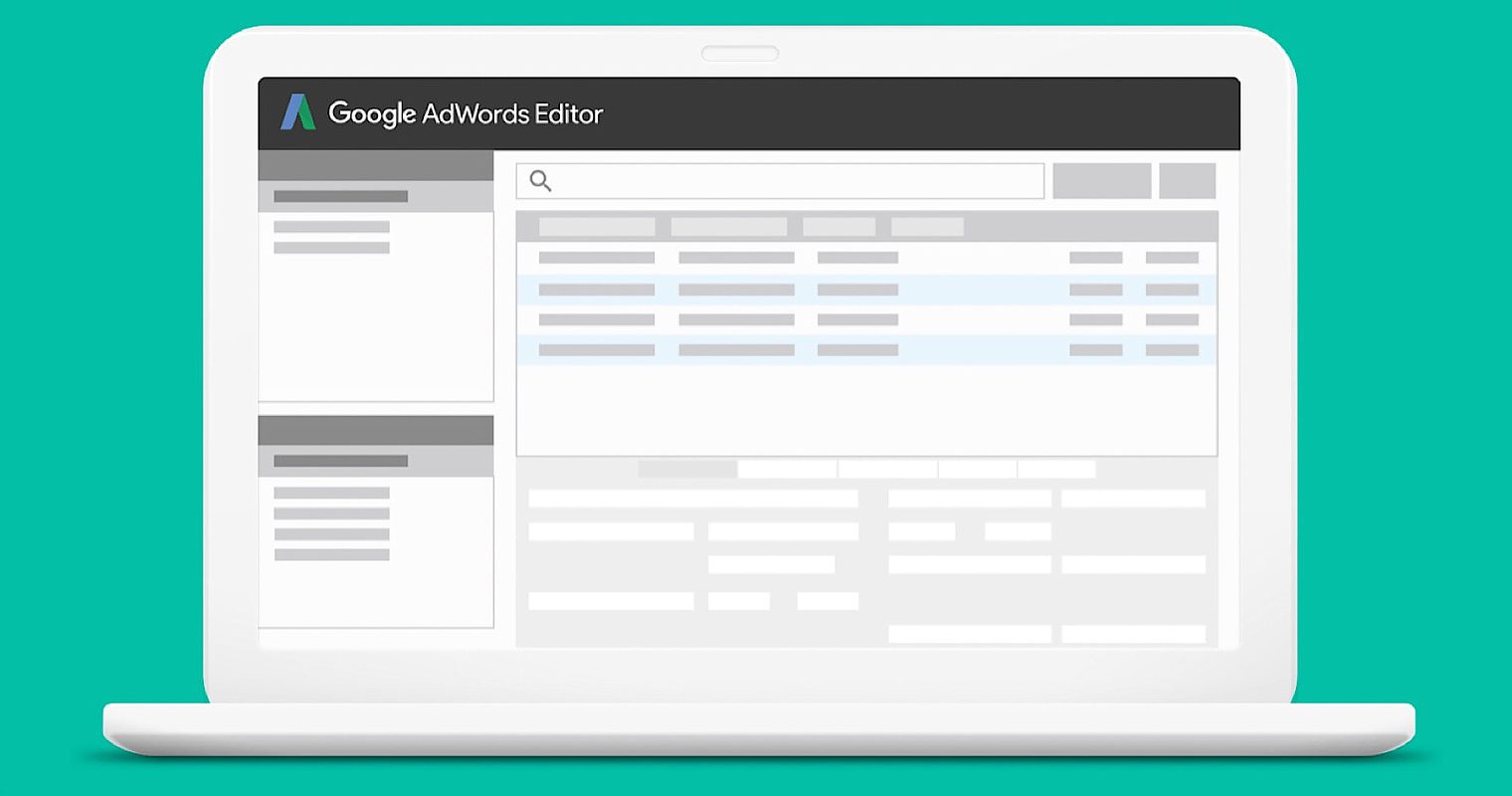
As for the “Errors and warnings” table, you will most likely get many messages. Make sure the data shown in the “Changes made” section looks correct. Review the “Import from file” preview window.Select “From file…” to select a file or select “Paste text” to copy and paste the CSV data.After you accept or reject the other proposals, you will be able to continue. If you have other pending proposed changes, the menu item will be dimmed. In the menu bar, go to “Account”, then choose “Import”.txt, but don’t worry: Google Ads Editor will still be able to import your file without problems.Īfter you’ve prepared your CSV file, follow the steps below to import it into Google Ads Editor:
#Google adwords editor csv mac#
→ Mac users: choose Save as > Format > UTF-16 Unicode Text. → Windows users: choose Save as > Save as type > Unicode Text. If you are using Excel to create your CSV file, you should save it with Unicode Text encoding. Format and encoding: make sure you save your file as a CSV.Language codes are an example: if one cell in a column has more than one value, you’ll have to separate the values with semicolons, such as en fr for English and French language targeting.


You’ll be able to select or change the column headers during the CSV import. → Option 2: leave the first row blank or use your own column headers. Click here to see a list of available CSV columns. → Option 1: use standard Google Ads Editor column headers. Therefore, you need to select one of the options below to use as your CSV column header row: In case you need to make only minor edits or additions to your account, an easy way to do it is to export a CSV file from Google Ads Editor, make your changes, then just import it back into Google Ads Editor (either into the same account or into a different one).ĭuring a CSV file import, Google Ads Editor interprets the first row as a column header row.


 0 kommentar(er)
0 kommentar(er)
